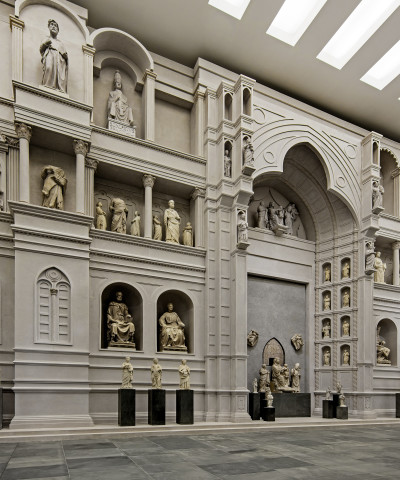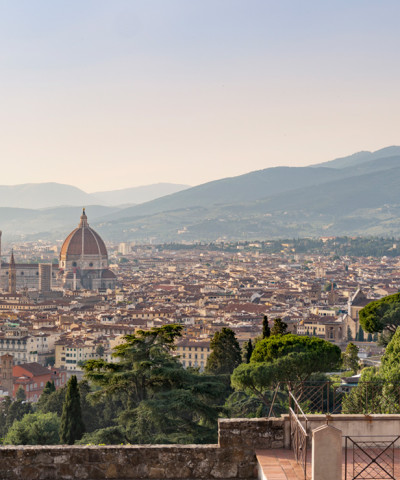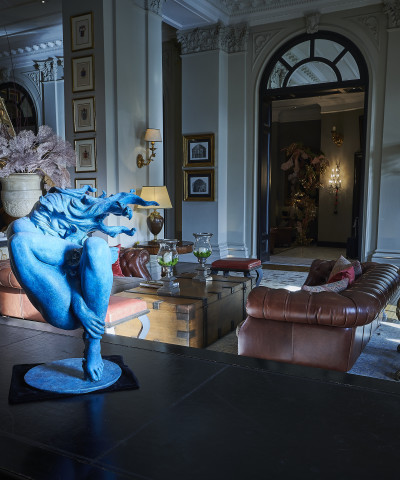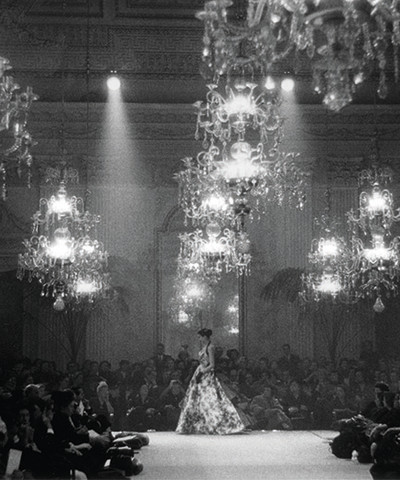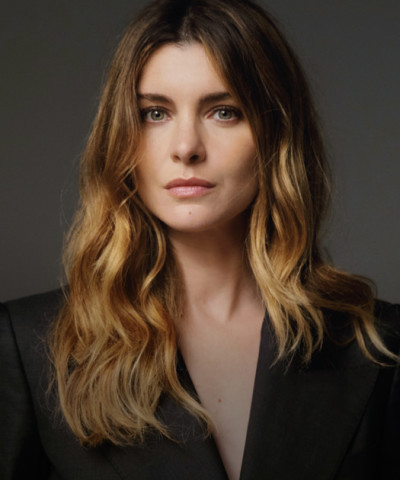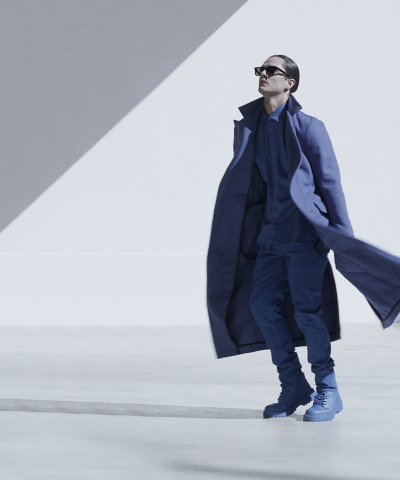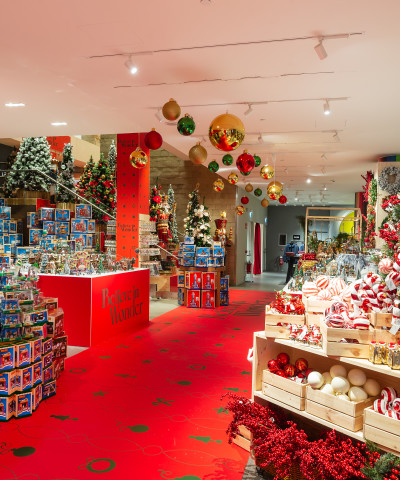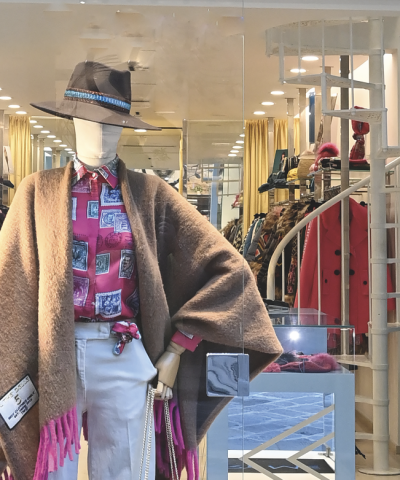Must-see museums in Florence
From Renaissance to contemporary art, our selection of must-see museums in the city
Florence, the cradle of the Renaissance, is one of the most beautiful cities in the world and its historical and artistic heritage has always fascinated visitors from all over the world. Churches, monuments and palaces, created by some of the most illustrious artists of all time, from Brunelleschi to Michelangelo, bear witness to the history, art and architecture of ages long past. A true open-air museum, but also rich in treasures hidden within its beautiful indoor museums. But what are the must-see museums in Florence? Let's find out together!
HERE instead is our selection of lesser-known museums, but that are definitely still worth a visit!
Uffizi
Undoubtedly one of the most important museums in the world, endowed with an immense artistic heritage. Among the masterpieces on display: the great altarpieces by Cimabue and Giotto, a rich overview of the 15th century in Tuscany and central Italy, from the Madonna and Child with Saint Anne by Masaccio and Masolino, to Filippo Lippi and Botticelli, with The Birth of Venus and The Spring. Caravaggio's Bacchus opens the series of seventeenth-century works, rich in works from the most important European schools, from Rubens to Van Dyck, to Rembrandt's Self-portraits; finally, Canaletto and Guardi, together with Longhi and Tiepolo, offer an overview of the eighteenth century. The gallery also hosts antique sculptures, miniatures and tapestries from the Medici collections. With the name Uffizi Galleries, we refer not only to the aforementioned gallery, but also to the Vasari Corridor (reopening after 8 years of work, here all useful information for the visit), the collections of the Pitti Palace, and the Boboli Gardens. HERE our detailed itinerary to discover the Uffizi Galleries and the must-see masterpieces, HERE the 10 must-see works.
TICKET: 12 euros full price from 1 November to 28 February; 25 euros full price from 1 March to 31 October, buy your ticket HERE!
Galleria dell'Accedemia
It is also called the Michelangelo Museum since out, of all the museums in the world, it features the largest number of statues by the famous Italian Renaissance artist. Most important of which is the David, symbol of Florence around the world and a masterpiece of the Renaissance, but also the Prisoners, the St. Matthew and the Palestrina Pietà. It is worth a visit not only for Michelangelo's masterpieces, but also for Giambologna's The Rape of the Sabine Women, Botticelli's Madonna and Child and Madonna of the Sea, and works by Perugino, Filippino Lippi, Pontormo and Bronzino. Also part of the Accademia Gallery is the recently acquired Museum of Musical Instruments, which boasts a violin that belonged to Stradivari and the oldest upright piano still preserved to this day. HERE all the curiosities and must-see works at the Accademia Gallery; while HERE you can listen to our video interview with Cecilie Hollberg.
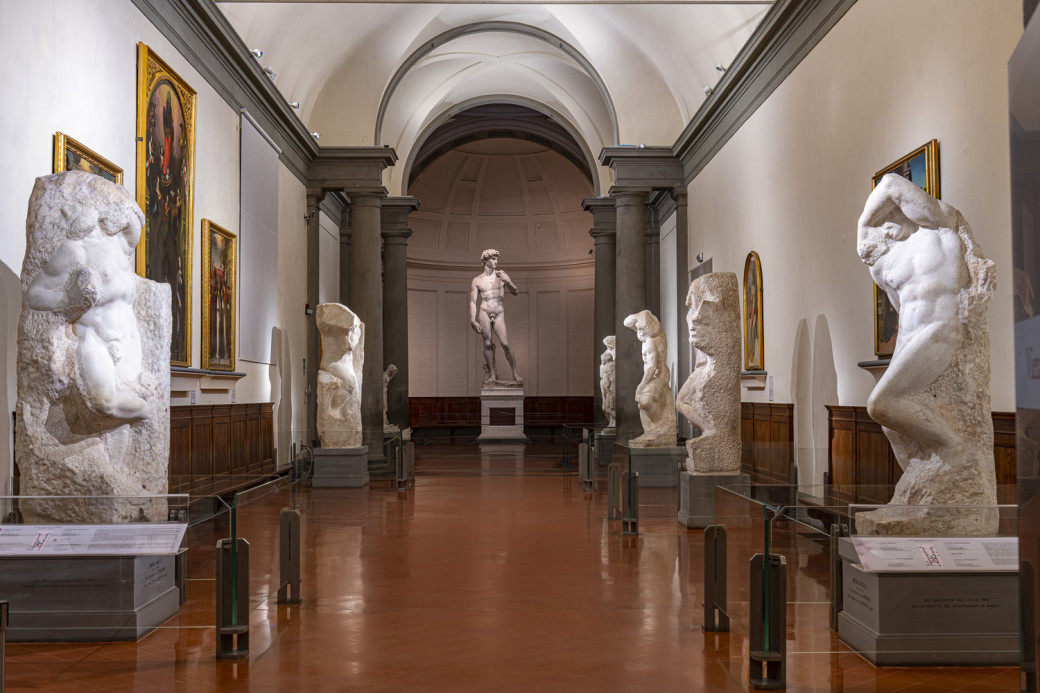 Galleria dell'Accademia di Firenze @guido cozzi
Galleria dell'Accademia di Firenze @guido cozzi TICKET: 12 euros full price and 2 reduced for 18-25 year olds, buy your ticket HERE!
Museo dell'Opera del Duomo
A museum conceived as a interactive tour to discover the places and artists that gave life to the monumental complex of the Opera, the cradle of the Renaissance. There are sketches, sculptures and many original masterpieces of art that have decorated the monuments of Piazza del Duomo over the centuries all find their home here: from Michelangelo to Donatello, Brunelleschi, Ghiberti and many others. Among the works not to be missed: the Pietà Bandini, Mary Magdalene and The Gates of Paradise. HERE our in-depth look at the museum and everything you should not miss during your visit.
 Museo dell'Opera Duomo
Museo dell'Opera DuomoTICKETS: you can get the Brunelleschi Pass (30 euro, includes The Baptistery of San Giovanni, Giotto's Bell Tower, Brunelleschi's Dome, Museo dell'Opera del Duomo and the ancient basilica of Santa Reparata ), the Giotto Pass (20 euro, includes The Bell Tower, The Baptistery, Museo dell'Opera del Duomo and Santa Reparata) or the Ghiberti Pass (15 euro, includes The Baptistery, Museo dell'Opera del Duomo and Santa Reparata), buy your ticket HERE.
Palazzo Pitti
A palace that contains six museums: the Palatine Gallery, Gallery of Modern Art, Museum of Costume and Fashion, Imperial and Royal Apartments, Treasury of the Grand Dukes, Museum of Russian Icons. Foremost among them, the Palatine Gallery: twenty-eight rooms on the second floor, that together with the Uffizi makes up is the richest collection of late Renaissance and Baroque art: works by Raphael, including the Madonna dell'Impannata and that of the Seggiola, the great Mannerists from Andrea del Sarto to Pontormo and Rosso, to Rubens, Tintoretto and Reni. The rooms of the Gallery of Modern Art were once the residence of the Lorraine family: the second floor of the Pitti Palace, from which you can admire a magnificent view of both Florence and the Boboli Gardens. Its collections of sculptures and paintings range from the late eighteenth century to the early decades of the twentieth century and are still growing today through donations and purchases. Important among the various featured artists: F. Hayez, S. Lega, T. Signorini, G. Fattori, C. Pissarro, M. Rosso, G. Boldini, and P. Nomellini.
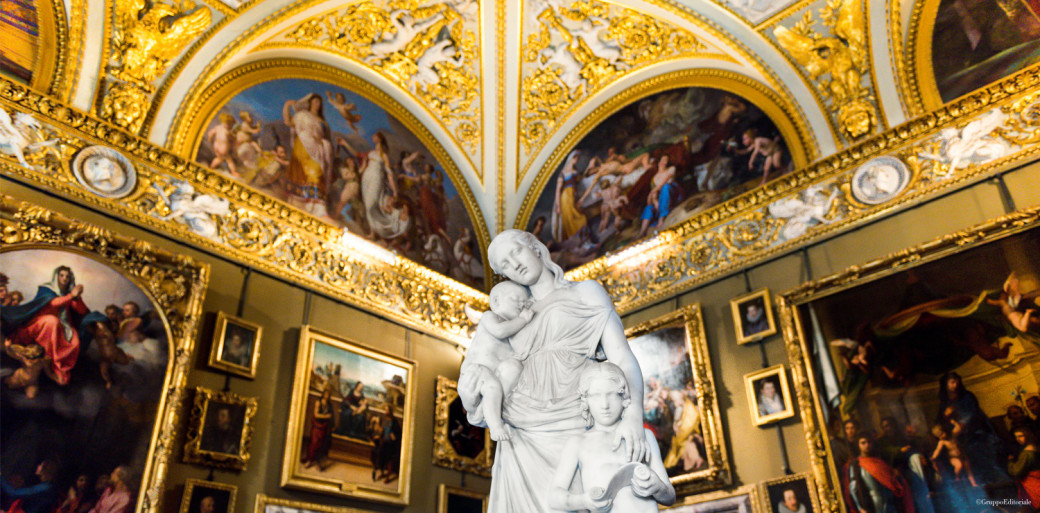 Palatine Gallery, ph. Pasquale Paradiso
Palatine Gallery, ph. Pasquale ParadisoTICKET: 10 euro full price and 14 euro combined with the Boboli Gardens, buy your ticket HERE!
Palazzo Strozzi
A masterpiece of Renaissance architecture and a heritage centre of international standing, Palazzo Strozzi is a benchmark for the enjoyment of art through an extensive lineup of exhibitions and cultural activities. The symbol of the Palazzo is its Renaissance courtyard, in which beautiful installations by contemporary artists are arranged. The Fondazione Palazzo Strozzi has produced and organised over fifty exhibitions ranging from ancient to modern and contemporary art, involving great artists such as Marina Abramović and Tomàs Saraceno or critically acclaimed exhibitions such as Verrocchio, Leonardo's master, Donatello or American Art 1961-2001.
 Palazzo Strozzi (ph. Alessandro Moggi)
Palazzo Strozzi (ph. Alessandro Moggi)TICKETS: depending on the current exhibition, you can buy tickets HERE!
Palazzo Vecchio
This monument is a symbol of the city and, for more than seven centuries, the seat of the city's government. From the remains of the Roman theatre preserved underground, we move on troughthe luxuriousrooms of the Salone dei Cinquecento and the spectacular panoramic views of the patrol walkway and the Torre di Arnolfo. Among the masterpieces ofthe building stand out Donatello's Judith, Bronzino's paintings in the Eleonora Chapel and Michelangelo's Genius of Victory. HERE all the secrets of Palazzo Vecchio.
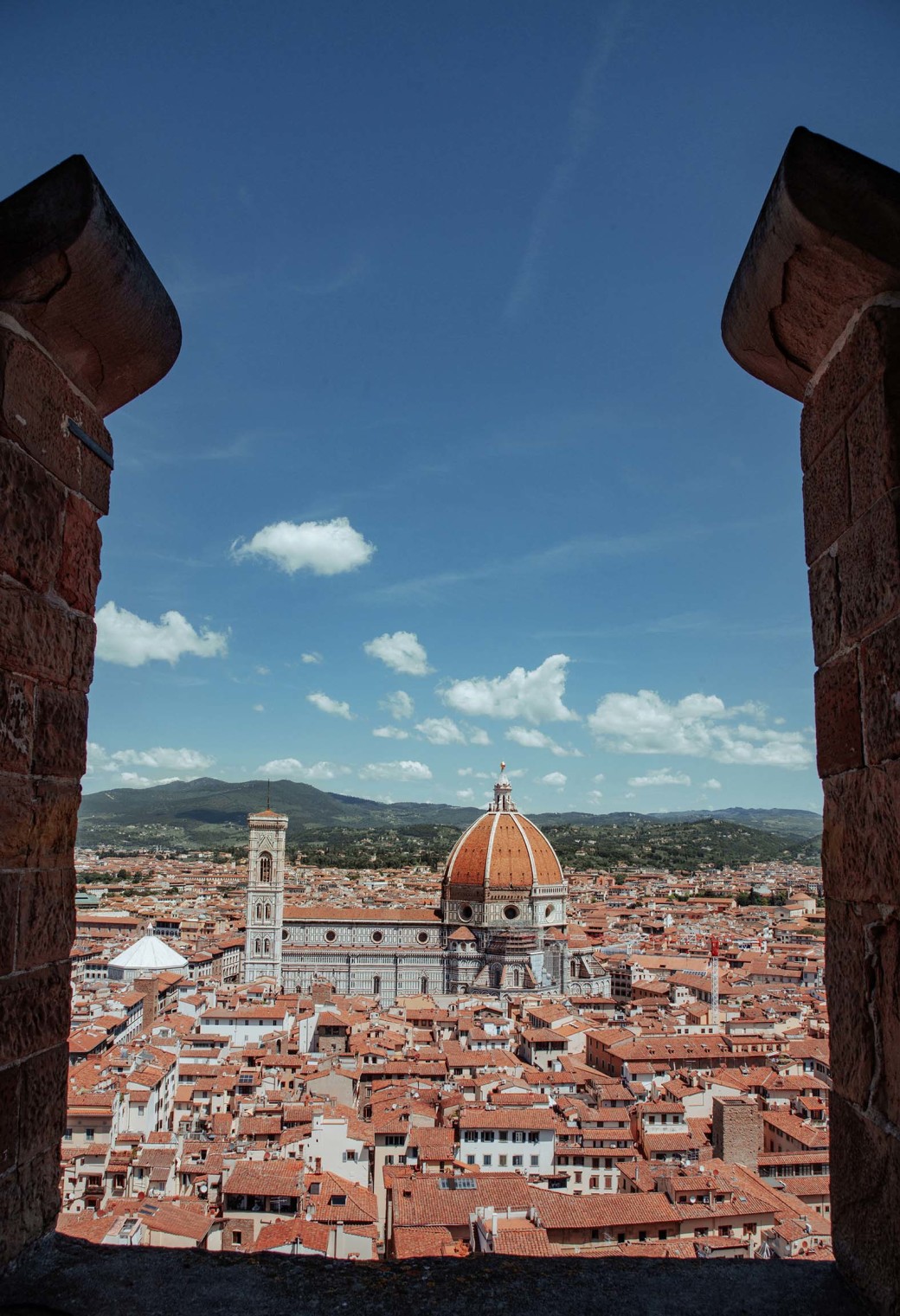 The amazing view of the Duomo from Palazzo Vecchio’s 95-meter-high Arnolfo Tower
The amazing view of the Duomo from Palazzo Vecchio’s 95-meter-high Arnolfo TowerTICKET: 12.50 euro full price for the Museum, 12.50 for the Arnolfo Tower, buy your ticket HERE.
Museo del Bargello
Museum focusing on sculpture and part, together with the Medici Chapels, Orsanmichele, Palazzo Davanzati and Casa Martelli, of the Bargello Museums. Its collection of Renaissance statues is considered one of the most important in the world: it houses masterpieces by Michelangelo, Donatello, Ghiberti, Cellini, Giambologna, Ammannati and other important sculptors. The name originates from the Bargello Palace, also known as the Palazzo del Popolo. HERE our detailed tour inside the Museum!
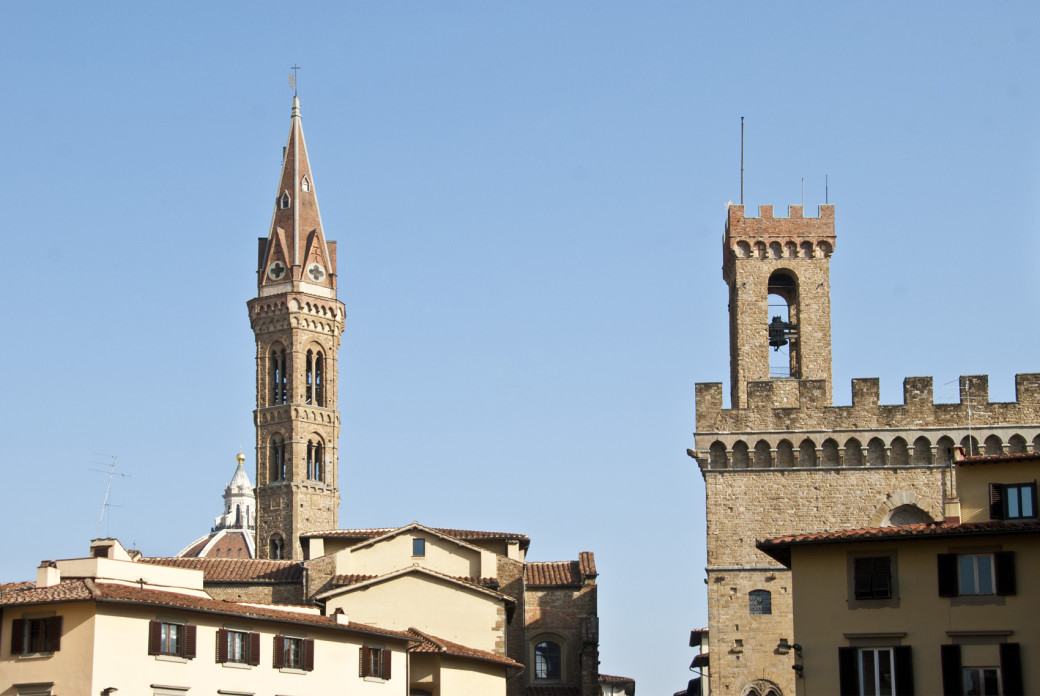 Bargello e Badia Fiorentina
Bargello e Badia Fiorentina TICKET: 12 euros full price, 21 euros cumulative ticket with the Bargello Museum, Medici Chapels, Palazzo Davanzati, Orsanmichele and Casa Martelli, buy your ticket HERE!
Museo di San Marco
The San Marco museum is an architectural masterpiece by Michelozzo commissioned by Cosimo dei Medici. It was Savonarola's home and houses the world's largest collection of works by Beato Angelico, including the Annunciation. The museum also includes other works of great historical and artistic value, first and foremost Ghirlandaio's Last Supper, then Ridolfo del Ghirlandaio's Madonna with a Girdle, Paolo Uccello's Madonna and Child, and minor works such as the famous portrait depicting Girolamo Savonarola and Della Robbia's tin-glazed terracottas. The museum's beautiful library is also worth a visit.
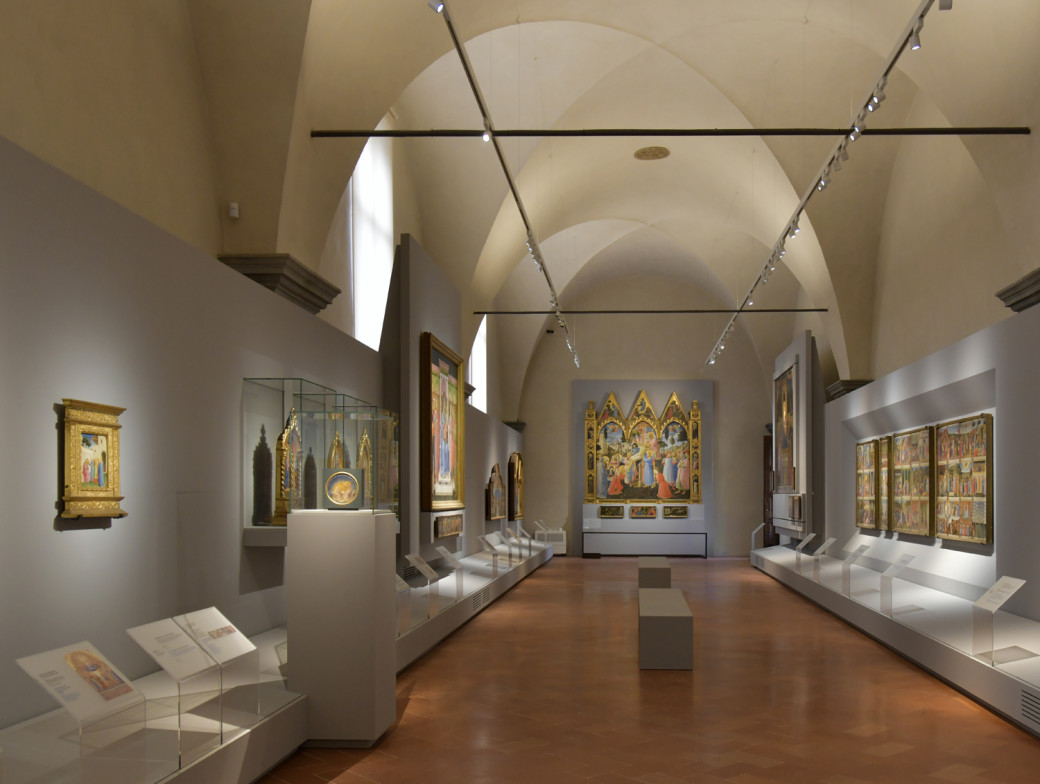 MUSEO SAN MARCO - Beato Angelico HALL
MUSEO SAN MARCO - Beato Angelico HALLTICKET: 11 euros full price, buy your ticket HERE!
Museo Novecento
It specializes in 20th-century Italian art and offers a selection of works from the civic collections, which broadly illustrate Italian art from the first half of the 20th century. In addition to a permanent collection, the Museo Novecento organises and hosts exhibitions, presentations, screenings and concerts designed as moments of critical study on the 20th century. Among the most recent important exhibitions to be held in the Museum is Tony Cragg, and the exhibition Lucio Fontana. L'origine du monde.
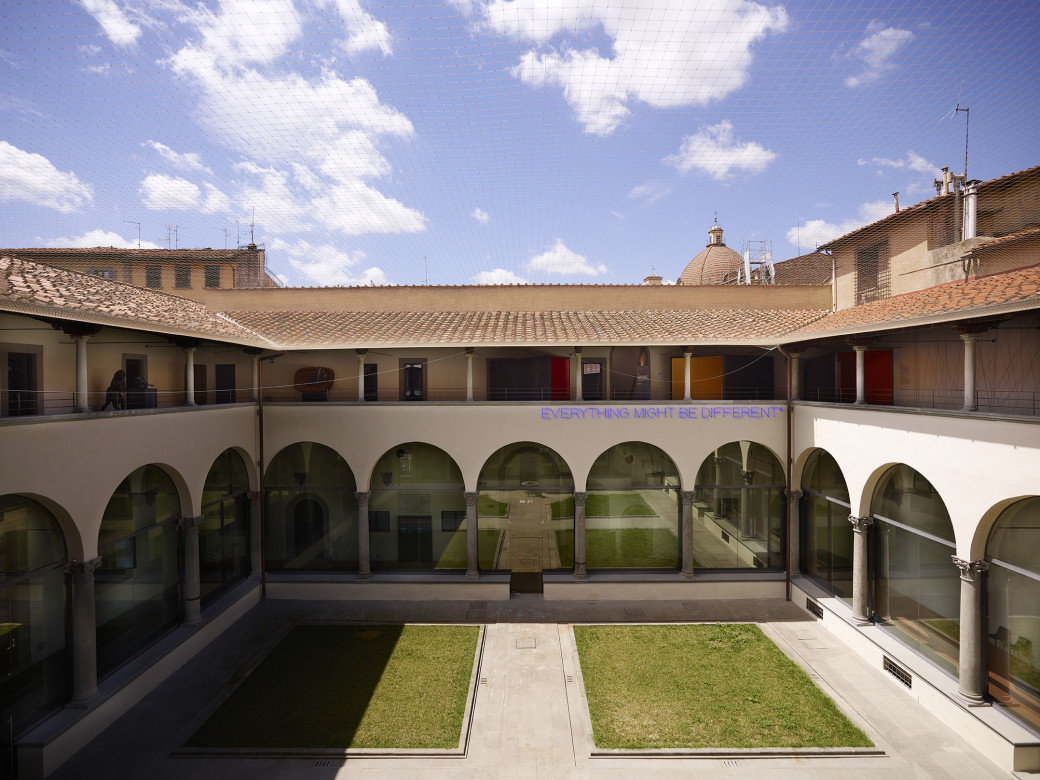 Museo Novecento Firenze (Courtesy Muse)
Museo Novecento Firenze (Courtesy Muse)Museo Stibbert
The museum owes its existence to Frederick Stibbert, a wealthy collector and entrepreneur of the 1800s, and today houses an extensive collection of weapons, armors, costumes and objects from various agesand origins, collected by Stibbert during his lifetime and donated to the city of Florence, together with the Villa, afterhis death. A unique opportunity to take a journey through time in a period residence furnished with antiques from all over the world. HERE our in-depth look at the museum.
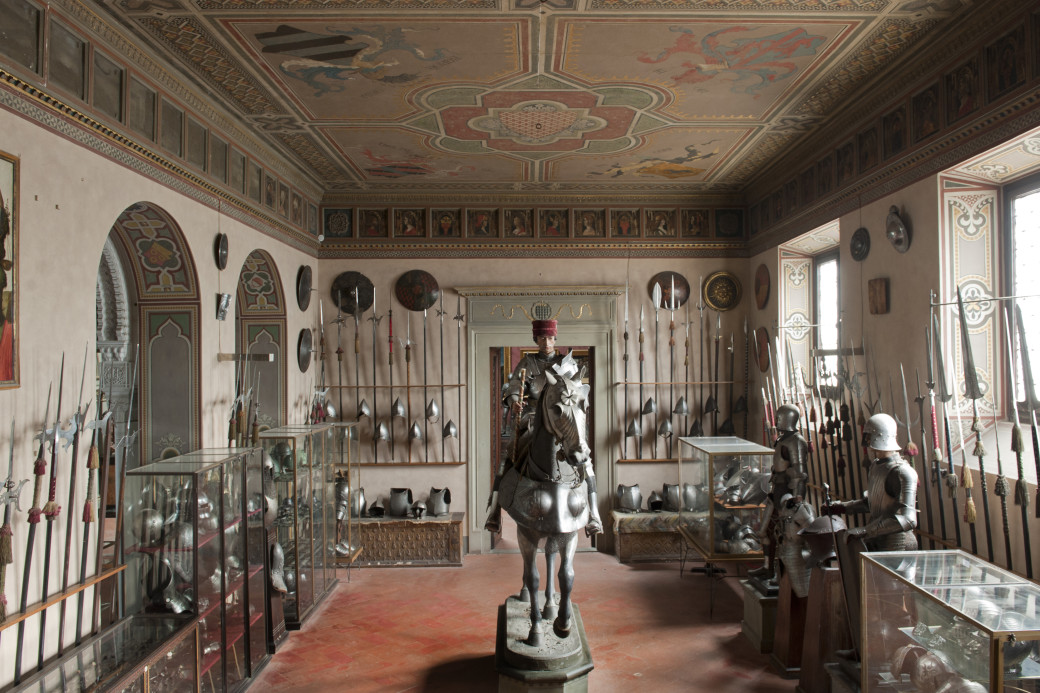 Museo Stibbert
Museo Stibbert TICKET: 10 euro full price.
Museo di Orsanmichele
Located in the loggia of Orsanmichele, the museum houses on its first floor many original sculptures by the most famous Florentine artists from the 15th to the 16th century. The top floor features Gothic sculptures. The building was built in 1337 as storage for the commune's grain; the loggia was closed and transformed into a church at the end of the 14th century, frescoed and adorned with a majestic tabernacle adorned with marble and mosaic, built by Andrea Orcagna.
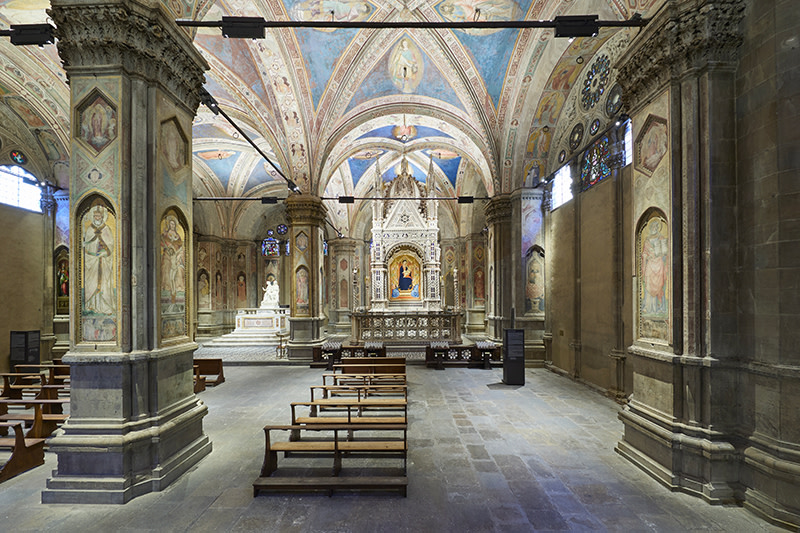 La chiesa di Orsanmichele con il tabernacolo dell’Orcagna (ph. Nicola Neri - Courtesy Musei del Bargello)
La chiesa di Orsanmichele con il tabernacolo dell’Orcagna (ph. Nicola Neri - Courtesy Musei del Bargello)TICKET: 8 euros internal and 2 reduced.
Museo degli Innocenti
The Museum is found in the monumental complex designed by Filippo Brunelleschi, home of the Istituto degli Innocenti. Created to display the works of art of the ancient Spedale, a large children's orphanage, the Museum now features a tour that allows visitors to discover a unique cultural heritage, focused on the efforts carried out in favor of children who could not be raised by their families. It also often hosts important exhibitions.
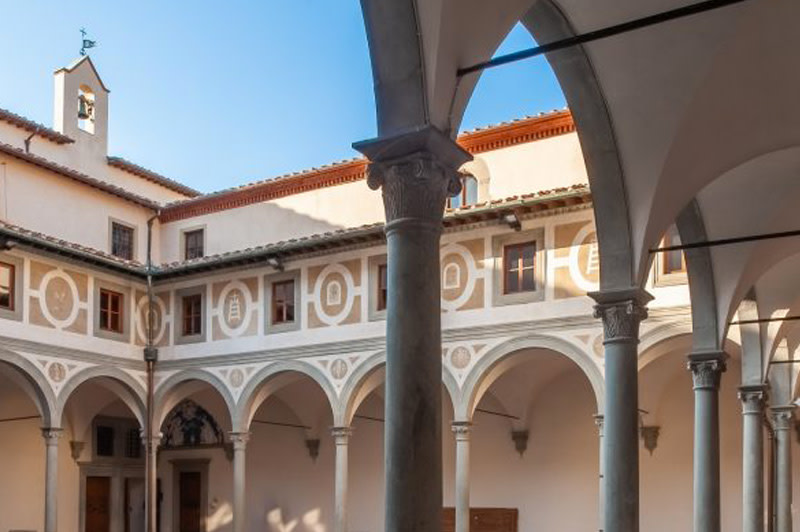 Museo degli Innocenti
Museo degli InnocentiTICKET: Dependent on the running exhibition, buy your ticket HERE.
Museo della Specola
The Specola Museum was established as the Imperial and Royal Museum of Physics and Natural History by Grand Duke Peter Leopold on 21 February 1775. It owes its name to the Astronomical Observatory built in the Torrino above its historic site. It is the first example of a scientific museum open to all and today houses the zoological collection with examples of animals preserved mainly by stuffing, and that of anatomical waxes, with wax models mostly dating back to the 18th century. After a long period of restoration, it reopens to the public on Thursday 22 February. For the occasion, there will be four days of free admission from 22 to 25 February, upon reservation (already sold out). On these first dates, visitors will be able to discover the new routes - the botanical and mineralogical waxes - and rediscover the historic zoology collection. The other routes - from the anatomical waxes to the Hall of Skeletons, from the Tribuna di Galileo to the Torrino - will be open by appointment from 1 March.
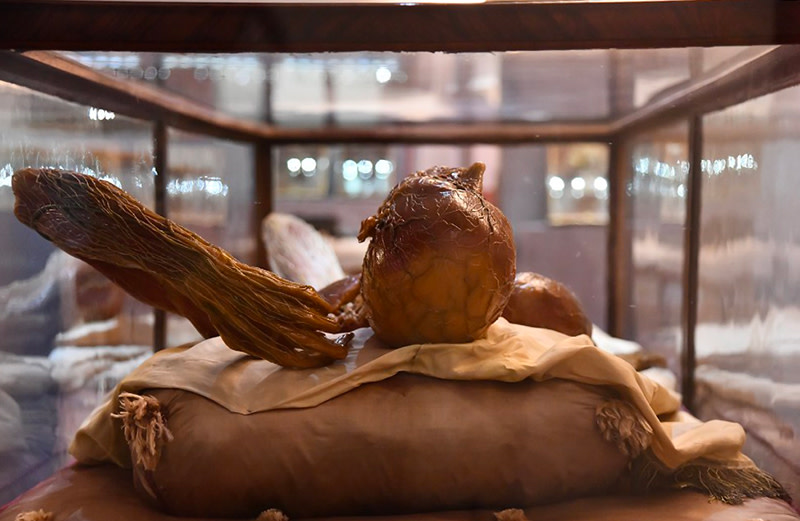 Cere anatomiche, Museo della Specola
Cere anatomiche, Museo della Specola










